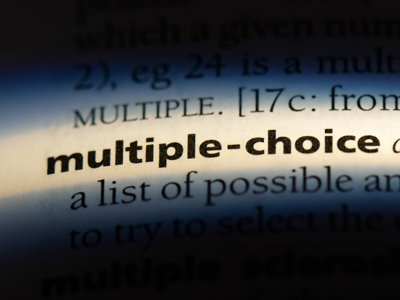
Pick a Figure 2
Welcome to the second of our Picking a Figure to Fulfil Criteria quizzes. If you have already played the first then you will know what to expect. Basically, you will be asked to spot prime numbers, factors, square numbers and multiples. If you can do that then these kinds of question will be easy when you come to your Eleven Plus Verbal Reasoning exam.
Prime numbers are ones which can only be divided by 1 and by themselves, without leaving a remainder. There is only one even prime number, the number 2. So, if you are looking for a prime number and you see even numbers in the list of options, you can discard these right away. That should speed things up a bit and save valuable time when you come to take your test.
Saving time is a good thing, but not if it costs you. Make sure that you read each question thoroughly and understand exactly what is required before you choose your answers. Good luck!
Which of the following is not a factor of 24?
2, 6, 4, 48, 12 Answer:
‘Factor’ means a number which fits exactly into another. The numbers 2, 4, 6 and 12 all fit into 24 whereas 48 does not, so the correct answer is 48.
49, 122, 64, 16, 9
3, 13, 1, 33, 21
34, 84, 26, 18, 52
The only one of the options which can be divided by 12 with no remainder is 84
35, 63, 41, 57, 8
31, 4, 21, 14, 32
62, 36, 24, 91, 12
4, 13, 14, 26, 52
32, 72, 36, 16, 48
All of the options, except 36, can be divided by 8 with no remainder
24, 42, 18, 54, 76
All of the options, except 76, can be divided by 6 with no remainder
15, 9, 3, 90, 5
Ready for more?
not all...
quizzers. Try to win a coveted spot on our Hall of Fame Page.







